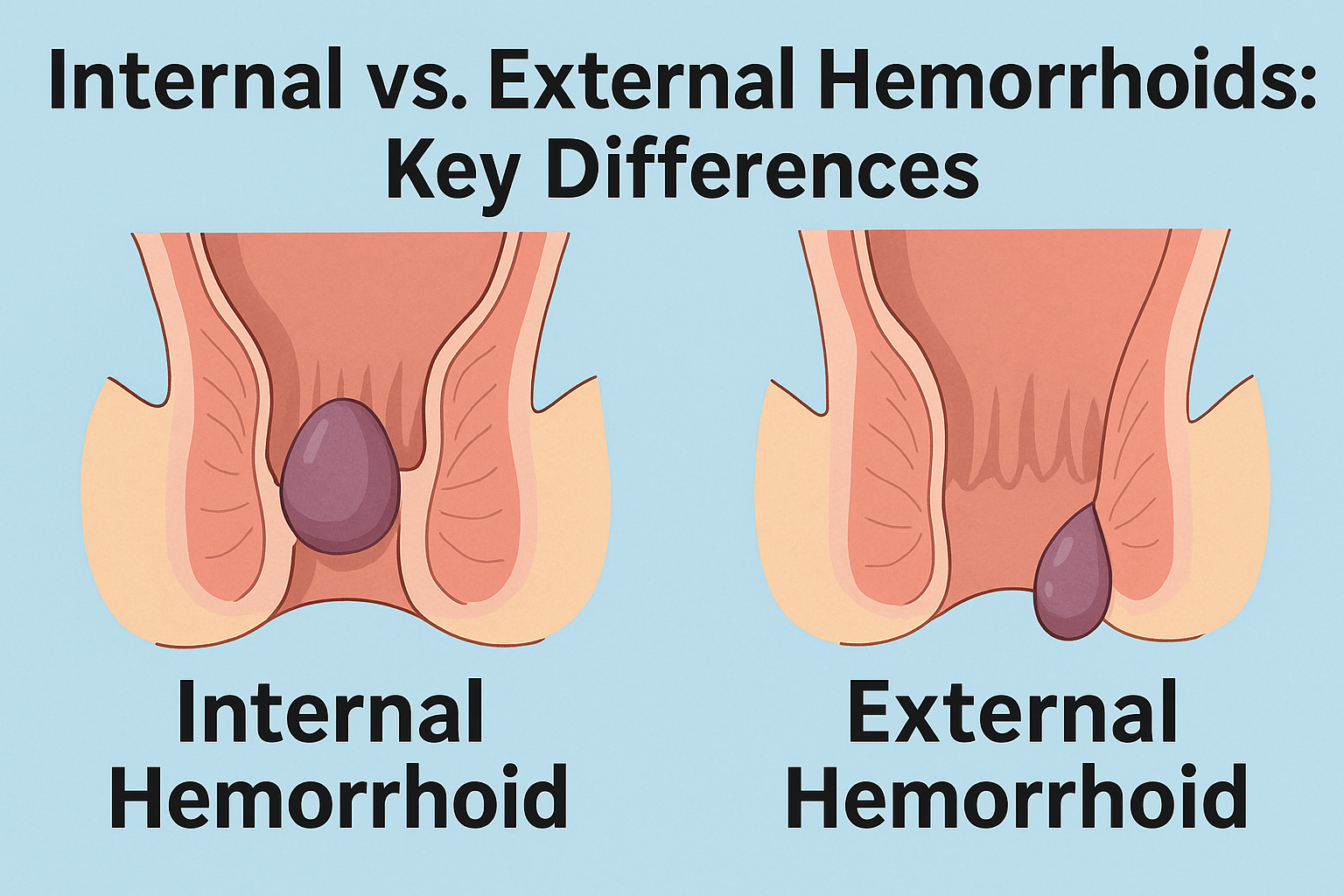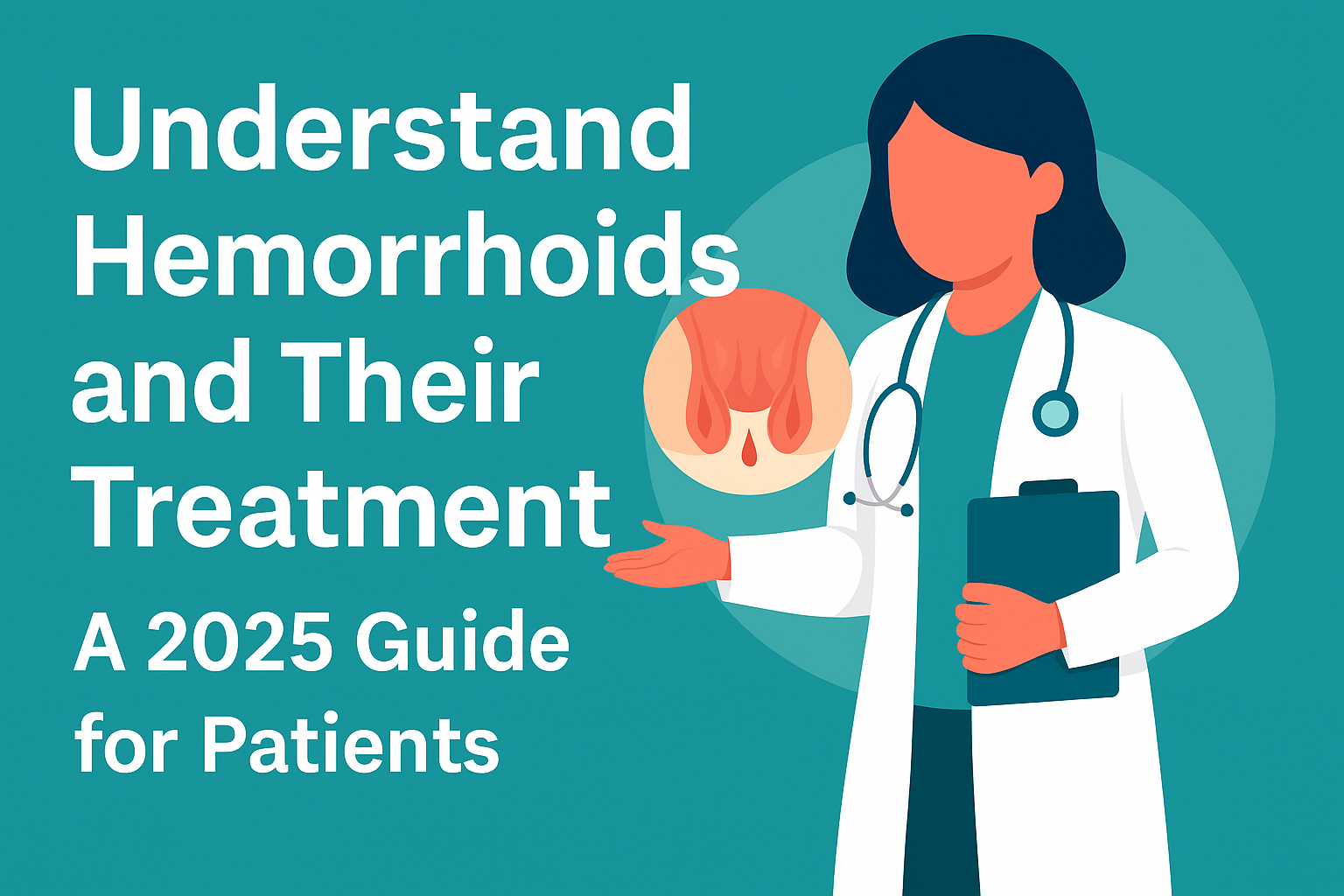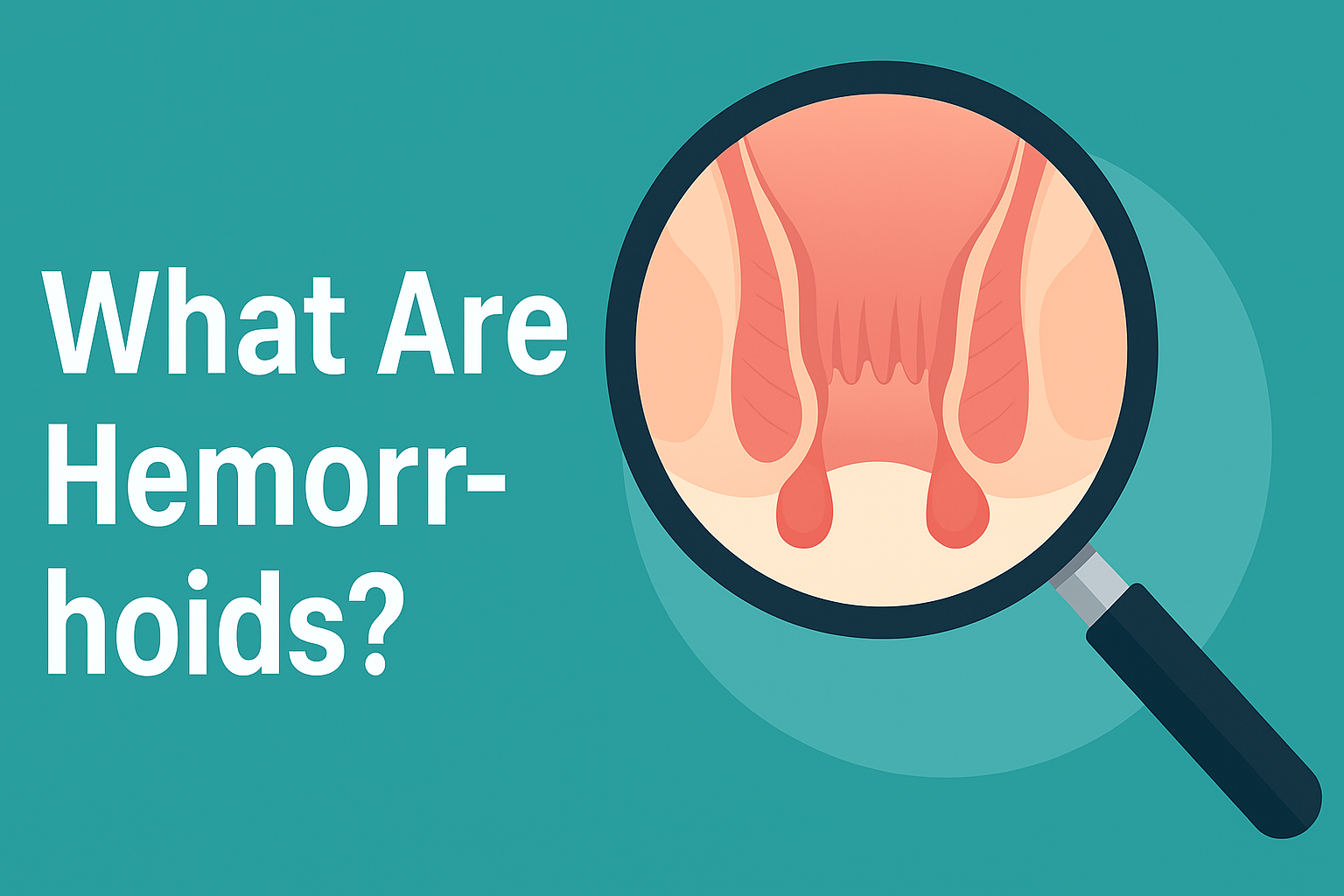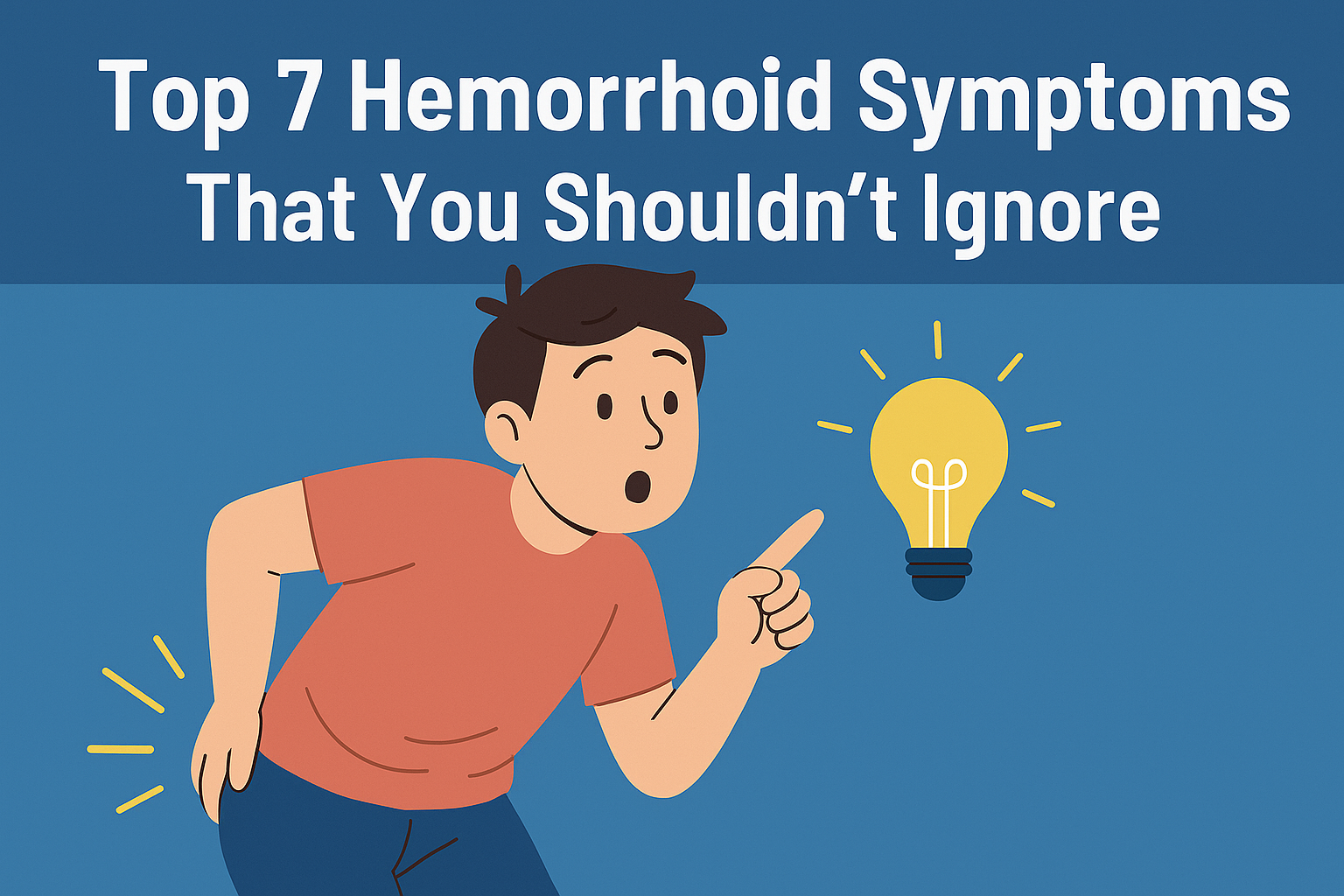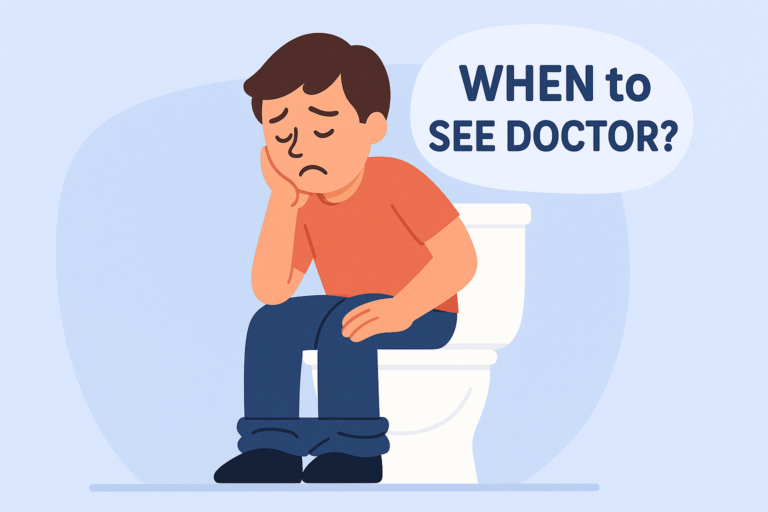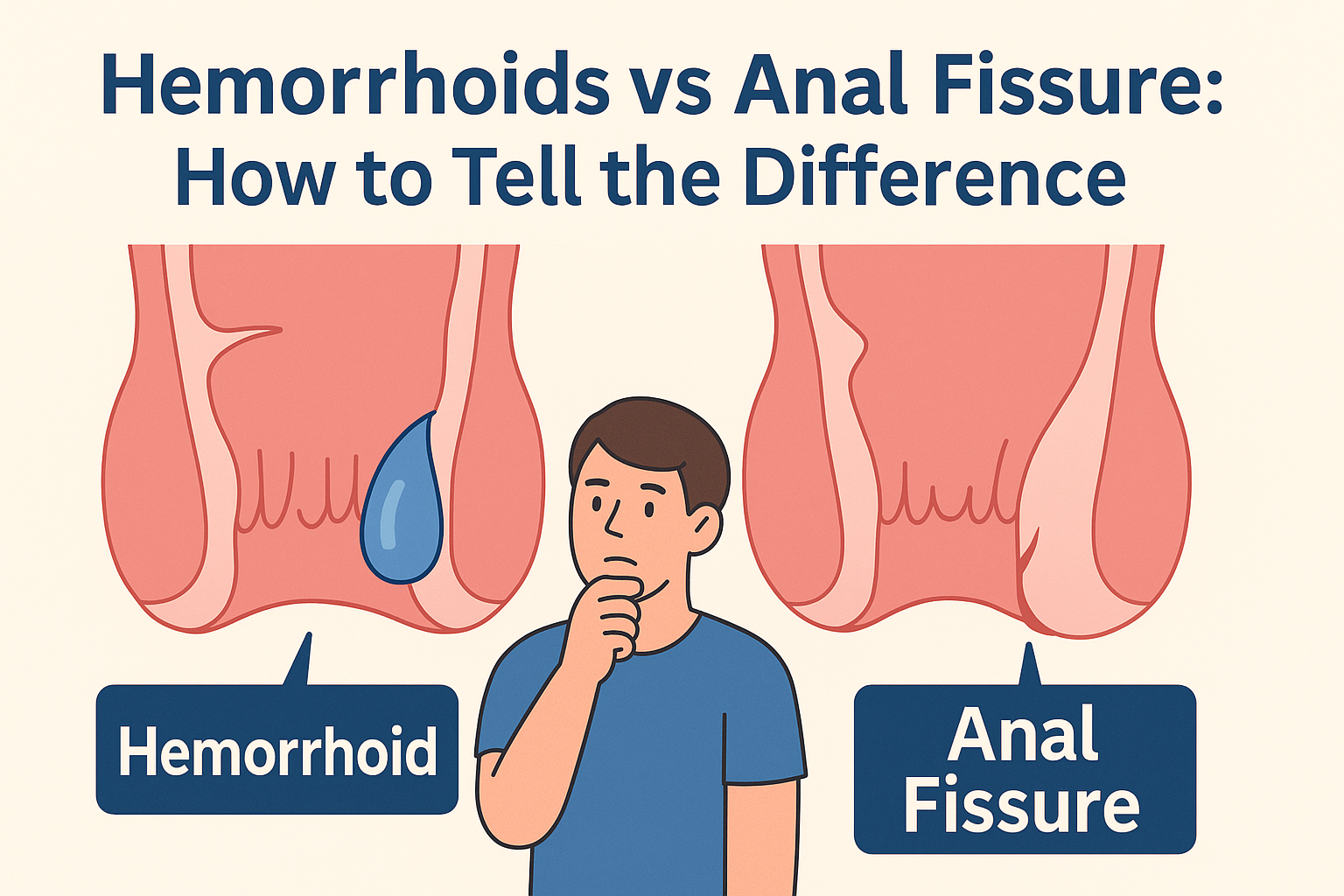
1. Understanding Anal Fissures and Hemorrhoid and Fissure Difference Insights
The first time I had an anal fissure, I honestly thought I had a mini razor blade stuck somewhere it shouldn’t be. It hurt that bad. Every bathroom trip felt like punishment. I didn’t even want to eat for fear of needing to go.
Understanding the hemorrhoid and fissure difference is crucial for effective treatment and management.
A fissure is basically a small tear in the lining of your anal canal. It’s usually caused by passing a hard stool or repeated straining. You’ll feel a sharp, burning pain during or right after bowel movements, sometimes with a small amount of bright red blood. The pain can linger for hours afterward — that was the worst part for me.
Understanding the hemorrhoid and fissure difference is crucial for proper treatment.
Keeping things soft and regular helped the most: I loaded up on fiber, drank more water than I thought possible, and sat in warm baths. Over-the-counter ointments didn’t fix it overnight, but they made the pain manageable. Lesson learned: don’t ignore sharp pain thinking it’ll go away on its own.
2. Rectal Prolapse vs. Prolapsed Hemorrhoids
Here’s where things get confusing — especially if you feel something “bulging” down there. I once panicked, thinking I had a tumor, when it was actually a prolapsed hemorrhoid. But let me tell you, even doctors sometimes take a second look to confirm.
A prolapsed hemorrhoid is swollen tissue that bulges out of the anus, usually after straining or going to the bathroom. It’s soft, sometimes itchy, and may retract on its own or need gentle help.
Rectal prolapse, on the other hand, involves the entire rectal wall slipping out — sounds awful because it is. It’s more serious and needs medical treatment.
If it’s just after a hard poop and it’s a soft bump that goes back in, chances are it’s a hemorrhoid. But don’t guess too long — get checked if you’re unsure.
3. Early Signs of Colorectal Cancer
Now, let me be clear: most people with hemorrhoids or fissures don’t have cancer. But after a month of recurring bleeding, I got scared. What if it was something worse?
Bleeding, changes in bowel habits, or unexplained weight loss can be signs of colorectal cancer. What made me go to the doctor was the color and frequency of bleeding. With fissures and hemorrhoids, the blood is usually bright red and shows up on the paper or stool surface.
Dark, tarry stool? That’s a red flag.
Don’t let fear delay you like it did for me. If symptoms don’t improve in 1–2 weeks, get it checked. Peace of mind is worth more than pride.
4. Other Anal Conditions: Eczema & Infections
Here’s something I didn’t expect — once I was using every cream under the sun for what I thought was a hemorrhoid flare-up, only to find out it was a fungal infection. Yep, totally different thing.
Anal eczema, yeast infections, or bacterial infections can mimic the itch, redness, and irritation of hemorrhoids or fissures. The difference? These often come with oozing, rashes, or constant irritation that isn’t tied to bowel movements.
Don’t assume every problem back there is a hemorrhoid. If over-the-counter meds don’t help in a week, or if things look weepy or strange, it could be something else entirely.
5. Diagnostic Indicators and When to See a Doctor
If you’re still wondering about the hemorrhoid and fissure difference, here’s my go-to checklist:
- Sharp pain when pooping? Probably a fissure.
- Itchy or sore bump, especially after sitting or straining? Likely a hemorrhoid.
- Persistent bleeding or odd stool color? Go see a doctor.
Doctors usually do a quick visual exam, and it’s over faster than you think. I delayed my visit out of embarrassment, but honestly, I was in and out in under 15 minutes with a clear answer — and that’s way better than googling for hours and stressing yourself sick.
Reference
- USA Hemorrhoid Center: http://usahemorrhoidcenters.com/blog/difference-between-hemorrhoids-and-anal-fissures/
- Goodrx: Is It a Hemorrhoid or an Anal Fissure? How to Tell the Difference
Faq
How can I tell if I have a hemorrhoid or fissure?
If it’s a dull ache or itchy bump, it’s likely a hemorrhoid. If it’s sharp pain during pooping, probably a fissure.
Will a fissure or hemorrhoid heal on its own?
Sometimes, yes — especially with diet changes and sitz baths. But if pain or bleeding lasts over 2 weeks, see a doctor.
Can wiping too hard cause a fissure?
Yep! Harsh wiping or rough toilet paper can irritate the area and lead to small tears. Be gentle and use soft, moist wipes.
What does bleeding from a fissure look like?
Usually bright red and seen on toilet paper or stool surface — not mixed in. If it’s dark or tarry, get checked ASAP.
Should I see a doctor for hemorrhoids or fissures?
Definitely, if symptoms last more than a couple of weeks, get worse, or don’t respond to home treatment. Better safe than sorry.


